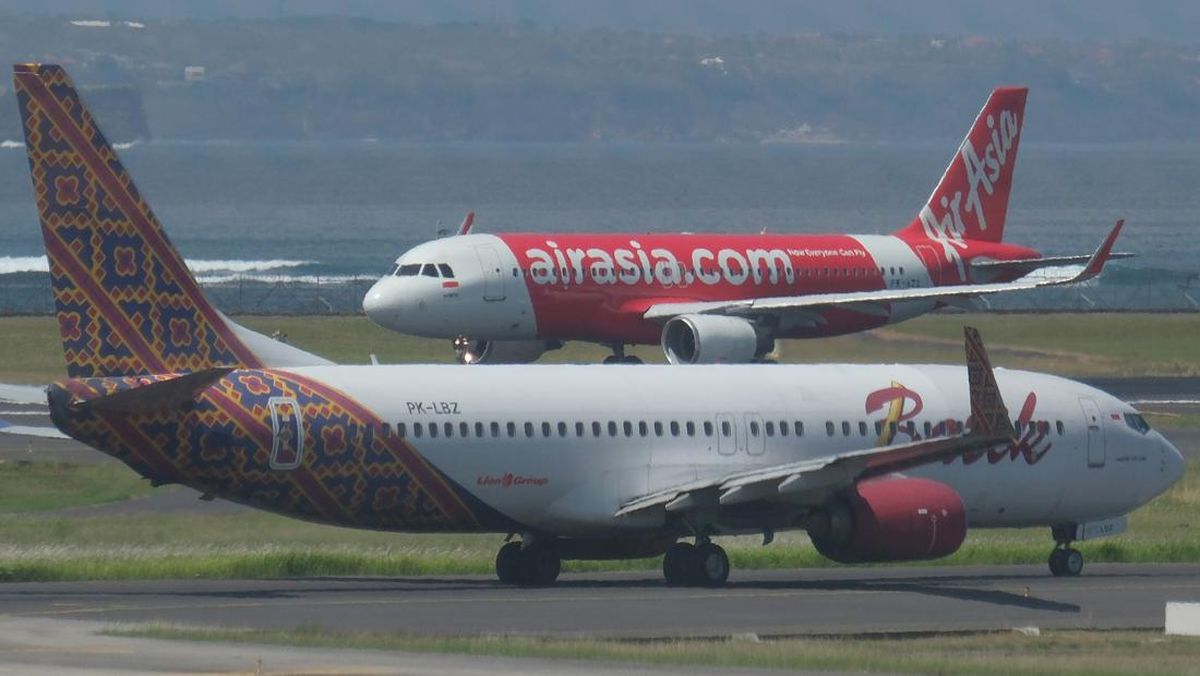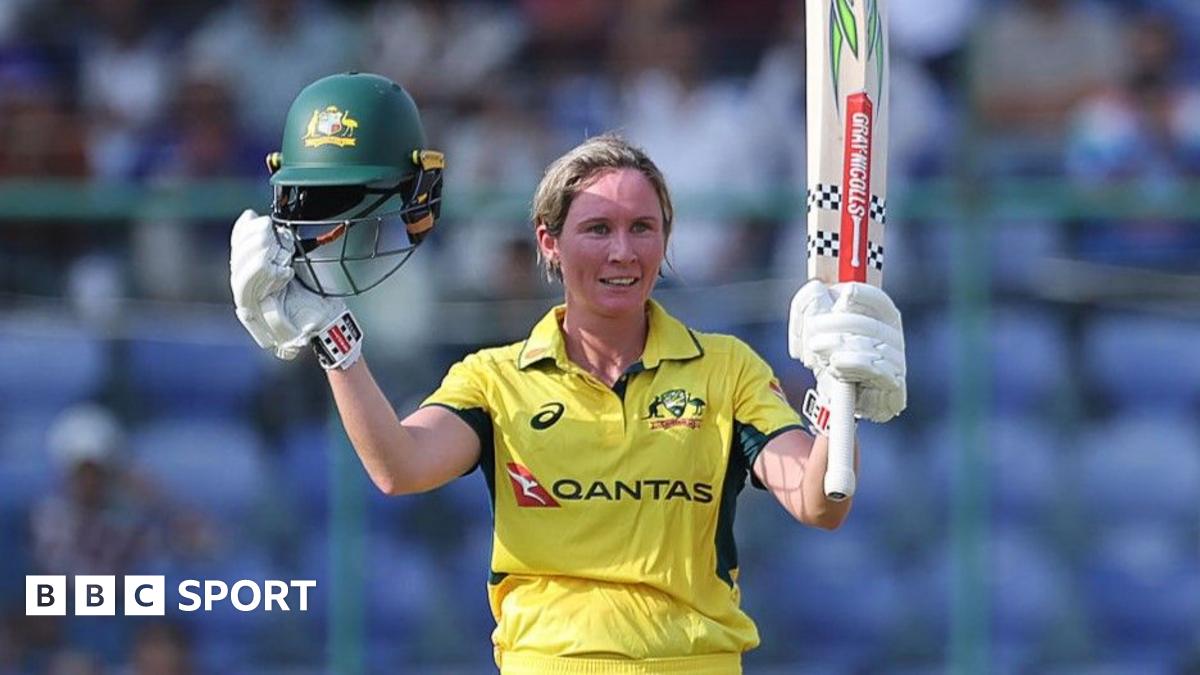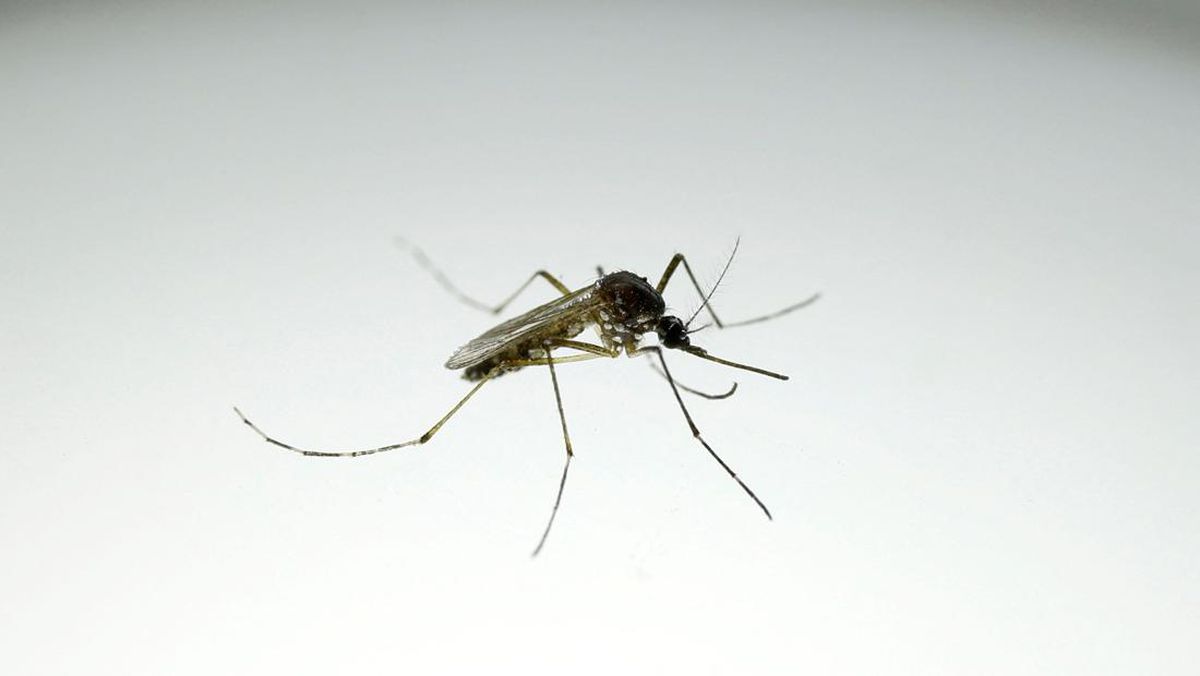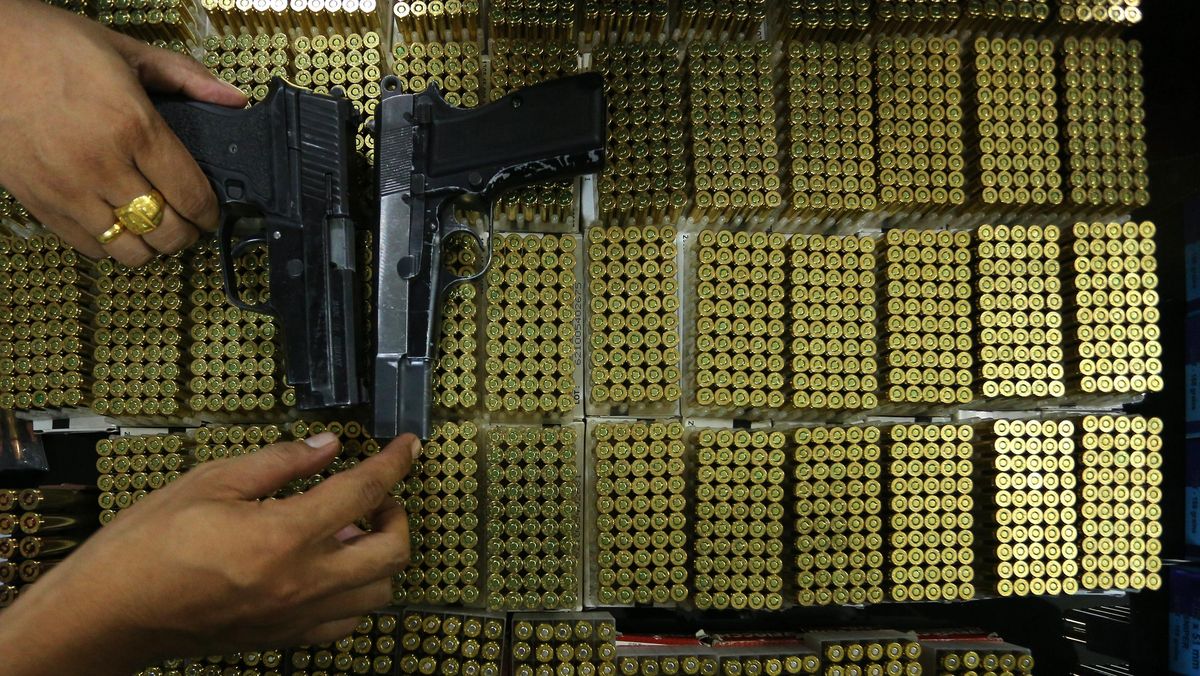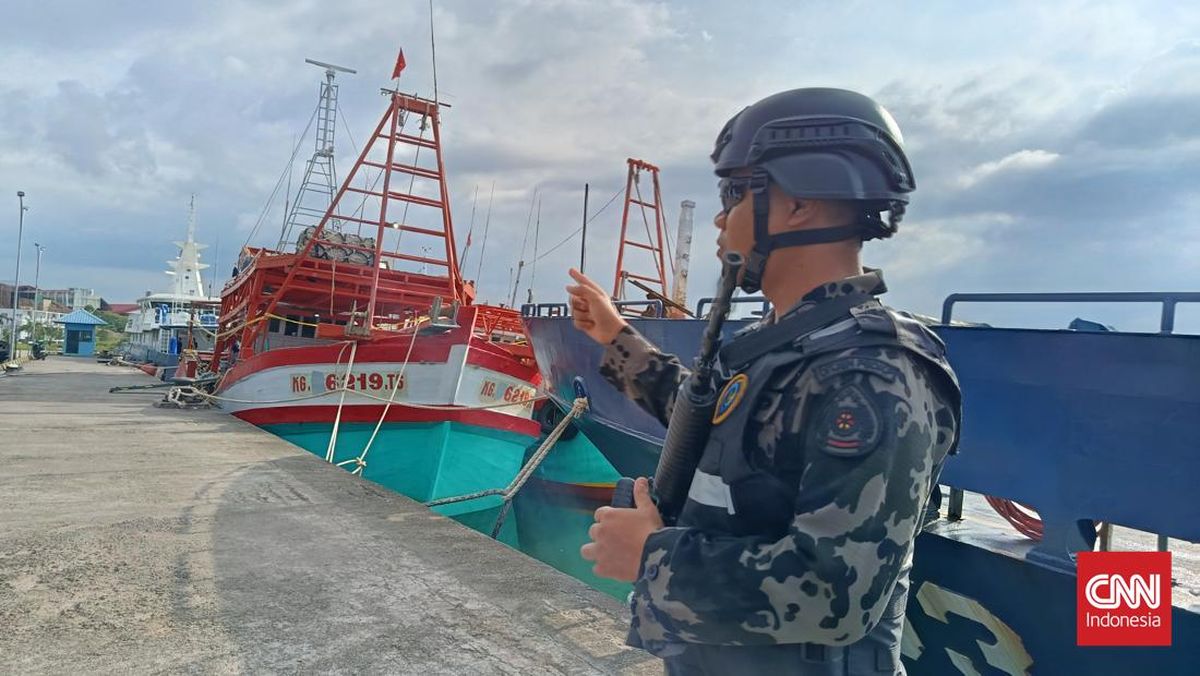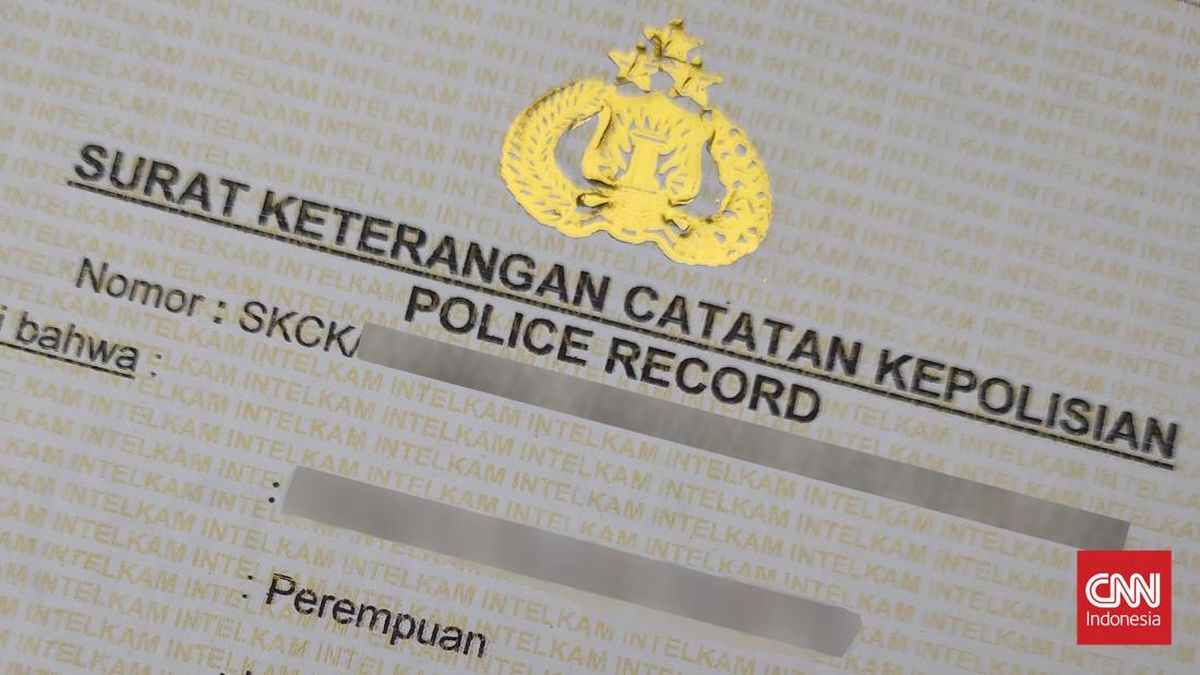Fumes will likely slide back down the structure’s facade and greatly increase exposure to pollution at nearby residences, sporting fields and businesses, the report says.
“[The] design has an unusual and complex geometry and does not comply with good engineering practice guidelines.

The southern vent, at the edge of Altona North and South Kingsville, pictured in August.Credit: Joe Armao
“The surrounding residential community is likely to experience increased adverse health outcomes including increased levels of cardiovascular and respiratory disease.”
The report concludes that adding pollution filters is the only feasible option to reduce noxious fumes in a way that is comparable to a best-practice cylindrical structure, such as that built for the Burnley Tunnel.
Truck action group president Martin Wurt said the organisation had raised $25,000 from concerned community members to pay for the report and engaged Maurice Blackburn lawyers to handle its fight with the EPA.
Wurt wants the environment authority to agree to call a formal meeting to discuss Transurban’s operating licence application and seek to add a condition that filtration be installed.

The Burnley Tunnel stack is a best-practice example of ventilation design.Credit: Wayne Taylor
The environment authority has yet to respond to MTAG’s request but has 15 business days to decide on Transurban’s application. Wurt said he would consider taking legal action.
“It’s so alarming that the design of these vent stacks to make them look pretty has been modelled to have a detrimental impact [with regard] to pollution,” Wurt said. “Underneath, it’s no better than a bathroom exhaust fan.”
The report modelled the southern vent at Altona North, but says the same conclusions would apply to the northern structure.
The Altona North vent would impact more homes, with an estimated 10,000 people expected to live within 500 metres of the polluting structure after major residential developments are completed on brownfield sites on either side.
Meanwhile, the Yarraville vent is predicted to cause high levels of toxic fumes for residents living uphill from the structure.
Sarah Tartakover can see this vent down the hill from her street in Yarraville. She said she felt betrayed because she had wanted to trust that fewer trucks on local streets would mean cleaner air.
“Instead, it could be worse for me because pollution will be condensed,” Tartakover said.
“It feels like a Trojan horse. The more attractive the structure becomes, it’s also becoming more nefarious.
“There’s no good argument to not put the filters in. The responsibility of the EPA is to look after our health.”
Wurt met Environment Minister Steve Dimopoulos in June to discuss the new engineering report. Three new air quality monitors were then placed in key areas near the vents. The EPA will discuss the results with the community six months into the tunnel’s operation.
An EPA spokesman said that when approving the project works, the authority determined that emissions at ground level from the vents would be low. He said close air monitoring once the tunnel opened would guide the need for retrofitting filters.
Loading
Air quality data will be published monthly on the EPA website from the end of November.
Dimopoulos’ office and Transurban were contacted for comment.
In 2017, the project’s government-appointed advisory committee recommended pollution filters be fitted. Then-planning minister Richard Wynne was not convinced they were justified or cost-effective.
The EPA agreed and approved the works with a requirement that the vents be built to allow for future installation of filters if warranted.
The Environment Protection Act has been updated since then to give the EPA a “preventative focus”.
Air pollution filters have been installed on tunnels in Norway, the Netherlands, France, Japan, Austria, Italy, Germany, South Korea and Spain.
The West of Melbourne Summit, presented by WoMEDA with The Age, is held on October 22-23. For details go to womeda.com.au

